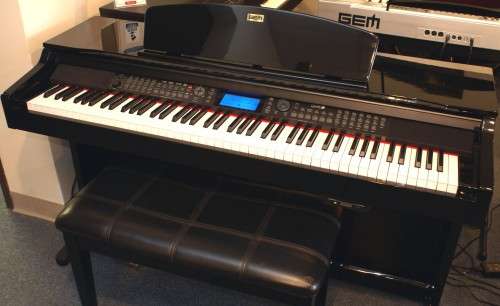What are Digital Pianos and How Do They Work?
A digital piano produces sounds that are more or less like the actual piano. It duplicates the sound as well as the vibes when playing an acoustic piano. It is made up of a keyboard that is composed of optical and electronic sensors, and a weighted key action. The sensors are the ones responsible for detecting the velocity each time you strike the keys. The best digital piano will also have sound banks, speakers, and amplifiers. In some cases, they come with headphones as well. View full details at http://encoreyouthorchestra.org/learn-to-play-guitar-tips/
For these pianos to work, a key must be pressed. It will then be detected by the sensors to determine the key velocity. The microchip will then produce the note that corresponds to the loudness in the same way that a sound is being produced in a piano. The keys are weighted so that the approximate feel of piano keyboard will be produced rather than that of an organ.
Why Play Digital Keyboards?
There are a lot of reasons for buying these instruments and reading digital piano reviews. First of all, they are portable. Compared with the usual pianos that weight at most 500 pounds, digital keyboards are only about 200 pounds. Some parts may also be disassembled and be brought anywhere you want. These pianos also need no tuning. Once or twice a year will already suffice. The sounds are stored digitally. This means that it will not go out of tune for a long time.
It is also possible to play these pianos using a headphone. Therefore, if you hate bothering anyone when you practice, then you can just put on the headphone. To top it all, they are of low maintenance. Aside from not exposing them to direct sunlight or not letting them be affected by liquids, there is basically nothing much to do to maintain the condition of the piano.
 Choosing the Best Digital Piano
Choosing the Best Digital Piano
There are a lot of things that you need to consider before you buy one. The first thing that you need to do is to listen to the sounds it produces. You can listen via headphone when you are buying one in a store. You should also determine if the feel of the piano is just right or not. Most of all, you need to compare the prices. Make sure that you are comfortable with the price and you have already checked various brands from different stores. You may also check them out online for more options.
| Tweet |  |

 Cleaner
Cleaner